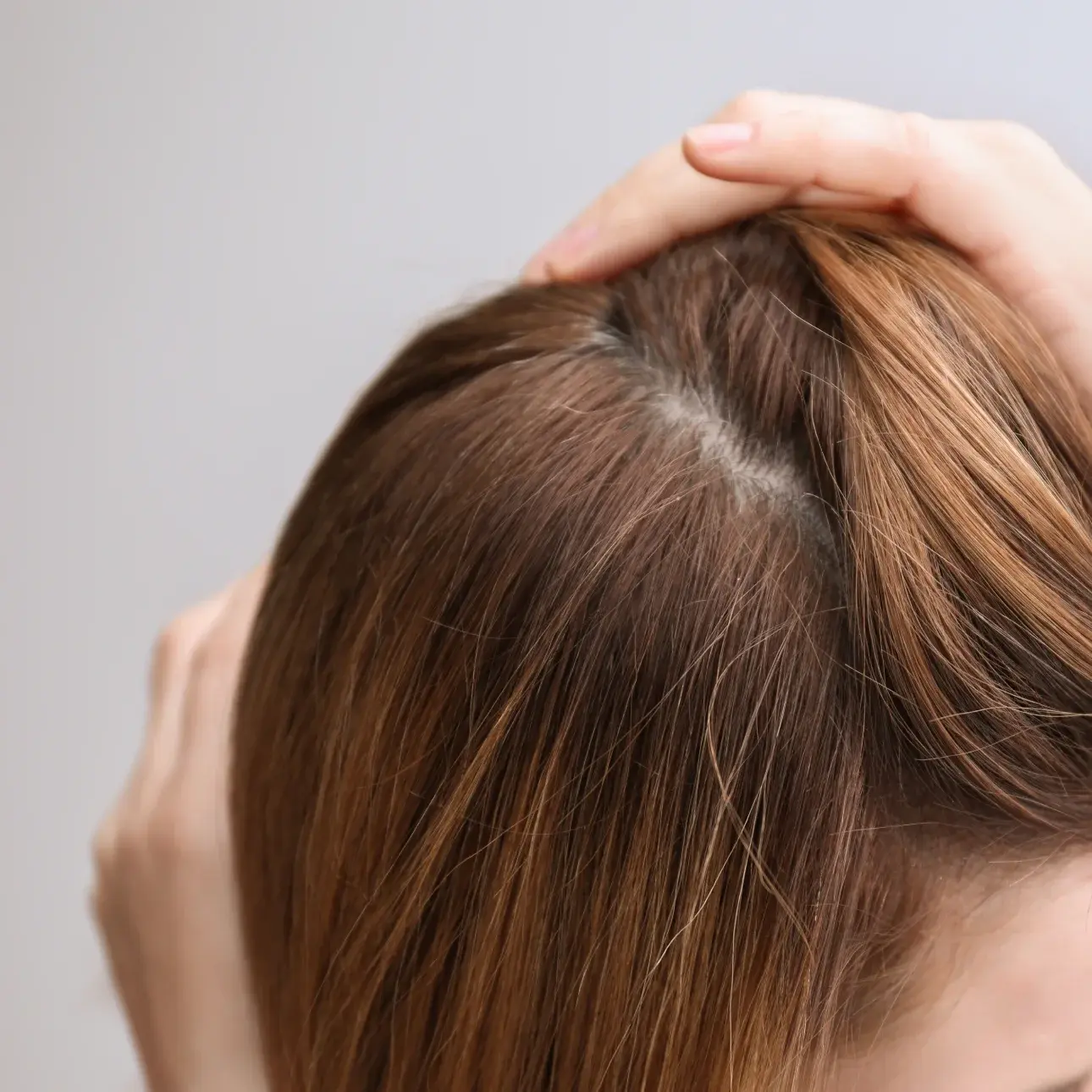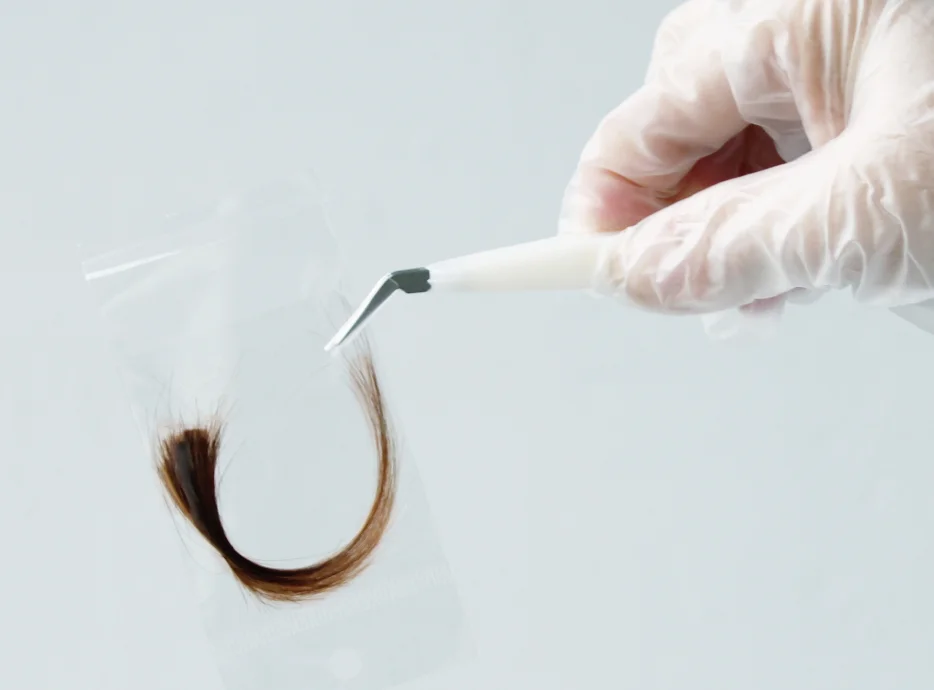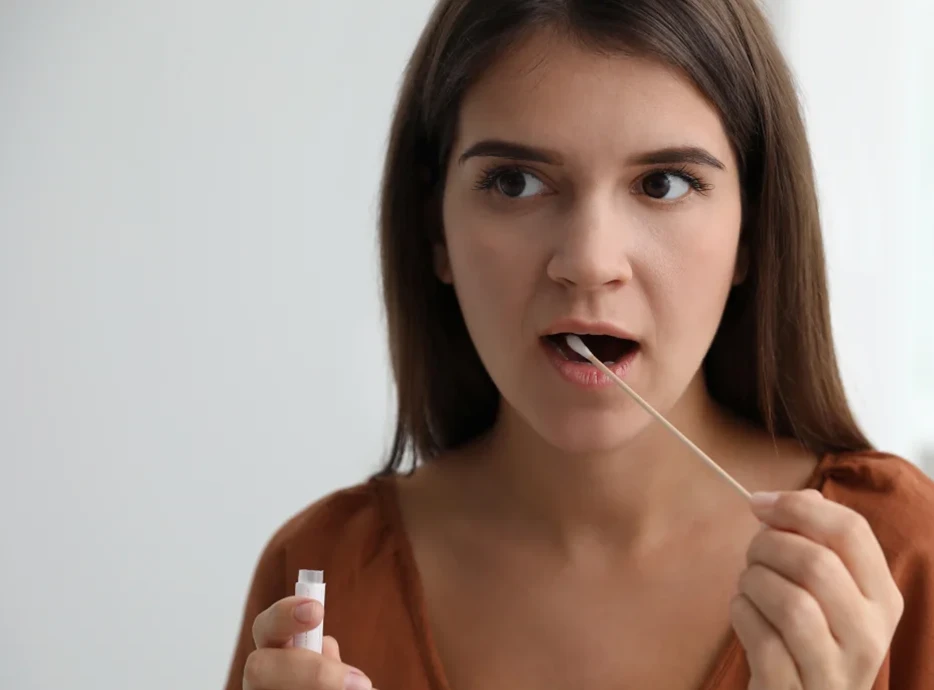Importance of Toxicology Testing
Toxicology tests are essential for determining the presence and concentration of drugs and alcohol in the body. Hair and nail tests are particularly valuable because they provide a longer detection window compared to blood and urine tests, meaning you are able to capture substance intake over several weeks to months.
Commonly Tested Substances
| Methamphetamines | Includes "Meth," and MDMA (also known as "Ecstasy"). |
| Opiates | Covering Heroin, Morphine, and Codeine. |
| Cannabis | Also known as Marijuana, "Weed," and includes THC and CBD. |
| Cocaine | Includes markers which can indicate usage of “coke” or previous smoking of crack cocaine. |
| Amphetamine | Also known as "Speed" or “Whizz”. |
| Benzodiazepines | Includes diazepam (‘Valium’), alprazolam (‘Xanax’) and lorazepam. |

Explore Our Range of Tests
Hair and Nail Testing: A Closer Look
Hair and nail drug tests are highly valuable in forensic toxicology as they have the potential to show patterns and trends in drug and alcohol usage for periods up to 12 months. Here is an overview of how these tests work, including the methodology, equipment used, the types of metabolites detected, and the interpretation of results:
Sample Collection
Both hair from the head or body, and nails from fingers or toes, incorporate drugs and alcohol biomarkers for a long duration as they grow, up to many months. Head hair is typically favoured as each 1 cm of hair reveals a 1-month usage window. If your subject has long hair, this allows our scientists to examine trends in substance use for up to 12 months. If your subject is bald or has short hair, body hair and nails are solid alternatives for analysis.

Sample Preparation
The samples are first washed to remove external contaminants. This step is crucial to ensure that the detected drugs or other biomarkers are reflective of the substances incorporated into the hair or nails from blood (due to ingestion), not from external contamination (such as smoke or handling drugs).

Testing Methodology
AttoLife uses a range of highly specialised techniques, including Liquid Chromatography-Mass Spectrometry (LC-MS) and Gas Chromatography-Mass Spectrometry (GC-MS) to reveal evidence of substance use in samples. The hair samples then undertake chemical extraction techniques to release any substances present within the hair matrix. Nail samples are similarly treated with chemicals to dissolve the keratin structure and release any drugs. The analytical techniques are essential for separating and identifying compounds based on their mass and other characteristic properties. Generated data is then reviewed showing the presence and levels of any substances of interest.

Expert Witness Statement
Translating the scientific findings into a court-admissible format is an important part of the process. Our team of experienced toxicologists is adept at this process and routinely provide expert witness statements whereby the precise effects and implications of drug or alcohol use can be clearly understood by any reader.
Learn More










